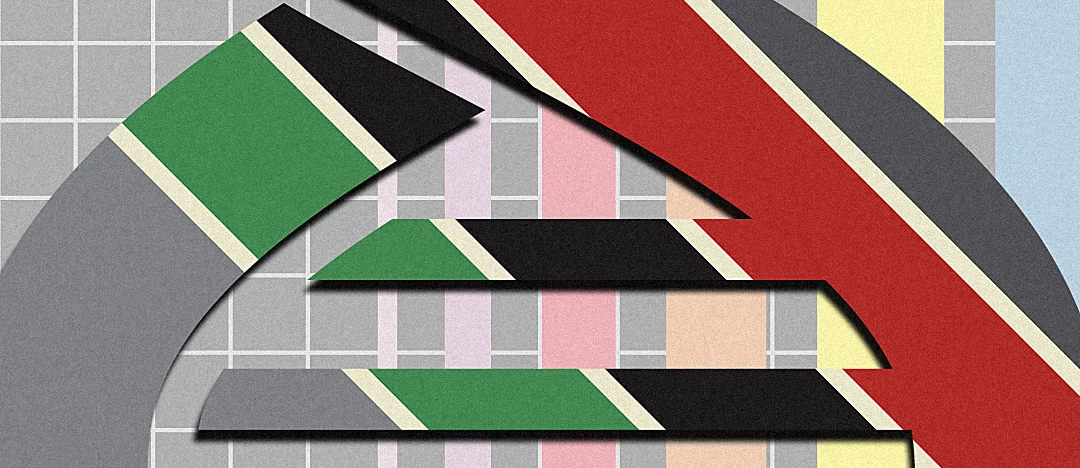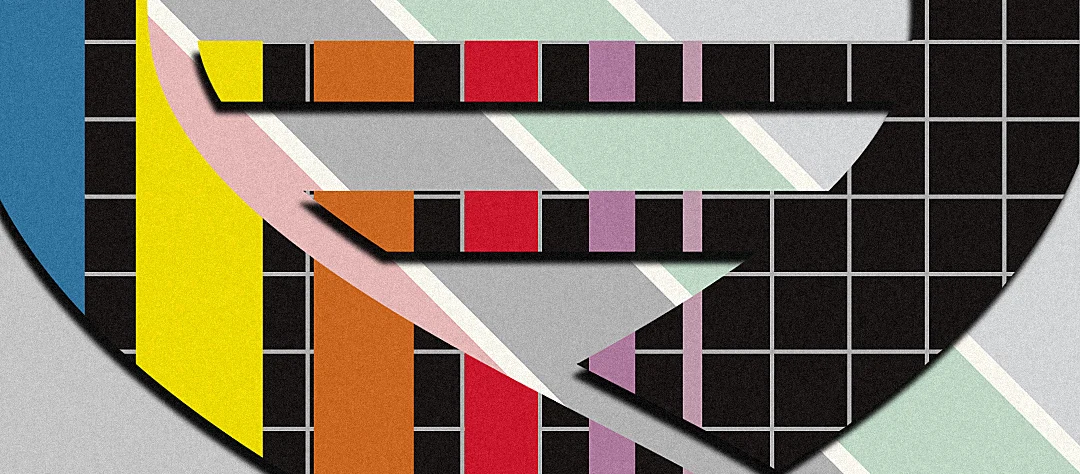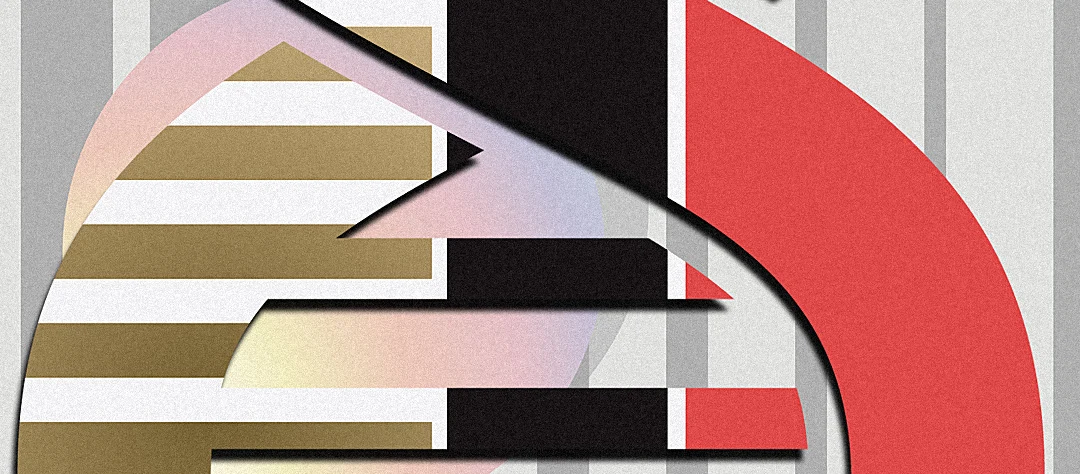In the 1995 cyberpunk thriller Johnny Mnemonic, Keanu Reeves stars as a man whose childhood memories have been wiped so his brain can be used to smuggle data. It’s all very mid-’90s dystopia, but it the premise, as it turns out, isn’t too far-fetched: In a new study, scientists have demonstrated that it’s possible to use DNA to store all kinds of data, including movies.
In Johnny Mnemonic, the smuggling was done with a chip implanted in the brain, which is pretty quaint compared to this new technique, which involves writing the information into the DNA itself. DNA is designed to carry data and replicate it without error, after all, so it would seem to be a perfect storage medium.

The researchers, from the New York Genome Center and the Center for Computational Biology and Bioinformatics at Columbia, wrote six different files into DNA: a computer operating system, a French movie, an image of the Pioneer plaque, a study by information theorist Claude Shannon, a computer virus, and an Amazon gift card.

To begin with, the researchers mapped pieces of computer information–the ones and zeros that make up any digital file–onto DNA nucleotides. They then synthesized those organic molecules into DNA strands and stored the DNA in a test tube. To extract the information, they sequenced that DNA (the same way you’d sequence any DNA). What they got back was a perfect copy of the original data.
This is obviously an incredible discovery, and it has a definite purpose beyond making the plot of a sci-fi movie a little more plausible. DNA is designed for storage, and it turns out to be way better at it than anything we have invented ourselves.

“DNA has several big advantages,” study co-author Yaniv Erlich told Research Gate. “First, it is much smaller than traditional media. In fact, we showed that we can reach a density of 215 petabytes per gram of DNA! Second, DNA lasts for an extended period of time, over 100 years, which is orders of magnitude more than traditional media.” To put that in perspective, one petabyte is 1,000 terabytes: roughly 16,000 times the data that your 64GB iPhone can store. DNA can store 215 petabytes in just 0.035 ounces.

DNA has another big advantage over any other storage medium: It’s future-proof. Do you have any old floppy disks laying around? Cassette tapes of music, or vinyl records? All of those are impossible to play unless you have the original machine to do it. These appliances may be available now, but who knows how easy it will be to find them in another few decades (or centuries)? DNA, on the other hand, “has been around for 3 billion years,” Erlich said, “and humanity is unlikely to lose its ability to read these molecules.”
Erlich and his research partner Dina Zielinski estimate that commercial DNA data storage won’t be available for over a decade. When it is, though, the storage race may be over–and, in the future, data smuggling inside your own body will be a very real and creepy possibility.
Recognize your brand’s excellence by applying to this year’s Brands That Matter Awards before the early-rate deadline, May 3.
